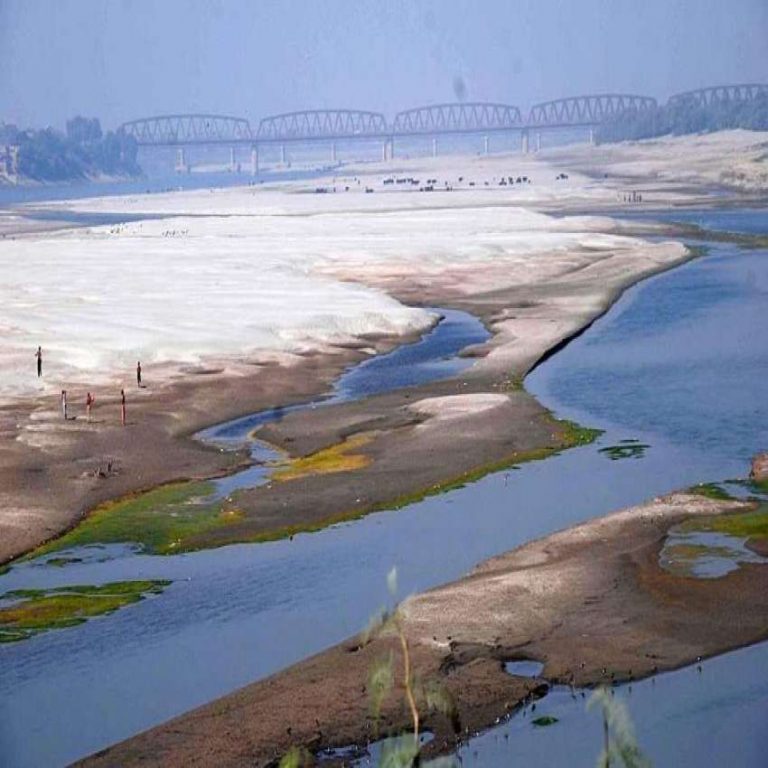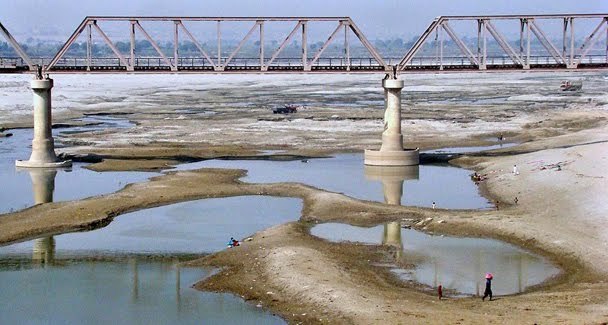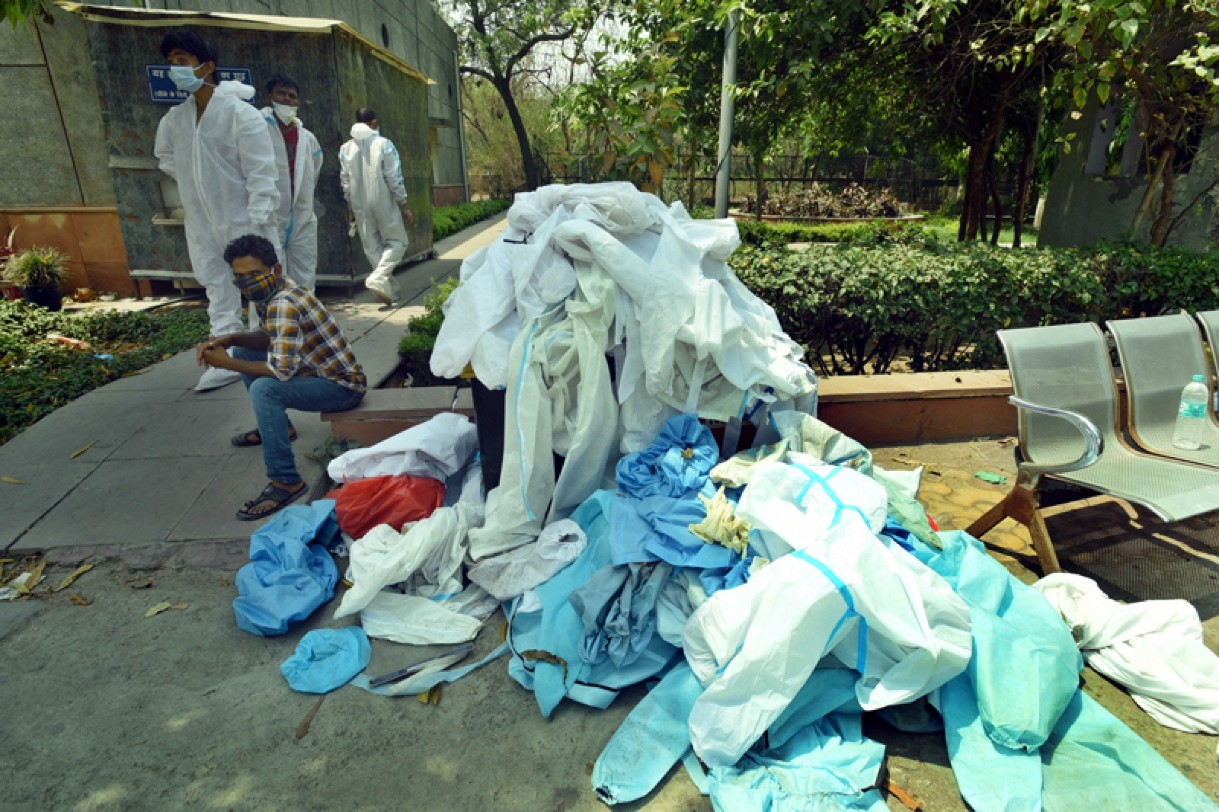
The onslaught of COVID-19 has generated millions of tons of plastic waste in the form of gloves, face masks and other items.
Disposable masks and gloves might have helped to relieve the COVID-19 pandemic, but they have worsened the world’s plastic-waste crisis.
Sindh Courier Report
Although there has been no discharge of Indus River water in the sea for most of the period during two years of Covid-19 outbreak nor there is any big city or heavily populated settlement in delta area, a recent study conducted by the National Academy of Sciences of the United States of America, says that Indus is among the top five rivers of the world discharging high ratio of pandemic plastic waste in the oceans.
The plastic waste generated due to the COVID-19 pandemic includes four categories – hospital-generated medical waste, virus testing kits, PPE used by residents, and online-shopping packages.
 The top five rivers with the highest yield ratios are the Yangtze River (0.9%) of China, Indus River of Pakistan (0.5%), Yellow River of China (0.5%), Nile of Egypt (0.4%), and Ganges Brahmaputra (0.4%).
The top five rivers with the highest yield ratios are the Yangtze River (0.9%) of China, Indus River of Pakistan (0.5%), Yellow River of China (0.5%), Nile of Egypt (0.4%), and Ganges Brahmaputra (0.4%).
According to the findings of study these rivers have either high population density near the river mouth, large runoff, fast water velocity, or a combination of them. The combination of high pandemic-associated MMPW (Mismanaged Plastic Waste) generations and yield ratio for Asian rivers results in their high discharge of MMPW to the ocean.
Overall, the top 10 rivers account for 79% of pandemic plastic discharge, top 20 for 91%, and top 100 for 99%. About 73% of the discharge is from Asian rivers followed by Europe (11%), with minor contributions from other continents, the study said adding that this pattern is different from that of the generation of MMPW because of the different ability of rivers to export plastic load to the ocean, which is measured as the yield ratio (defined as the ratio between the plastic discharges at the river mouth and the total MMPW generation in the watershed). The yield ratio is influenced by factors such as the distribution of plastic release along rivers and the physical conditions of rivers (e.g., water runoff and velocity).

Research shows that more than eight million tons of pandemic-associated plastic waste has been generated globally, with more than 25,000 tons entering the global ocean.
The researchers have called for better medical waste management in pandemic epicenters, especially in developing countries.
“Most of the plastic is from medical waste generated by hospitals that dwarfs the contribution from personal protection equipment and online-shopping packaging material. This poses a long-lasting problem for the ocean environment and is mainly accumulated on beaches and coastal sediments,” they said.
Plastic waste causes harm to marine life and has become a major global environmental concern. The recent COVID-19 pandemic has led to an increased demand for single-use plastic, intensifying pressure on this already out-of-control problem.
______________________
Source: Proceedings of the National Academy of Sciences of the United States of America